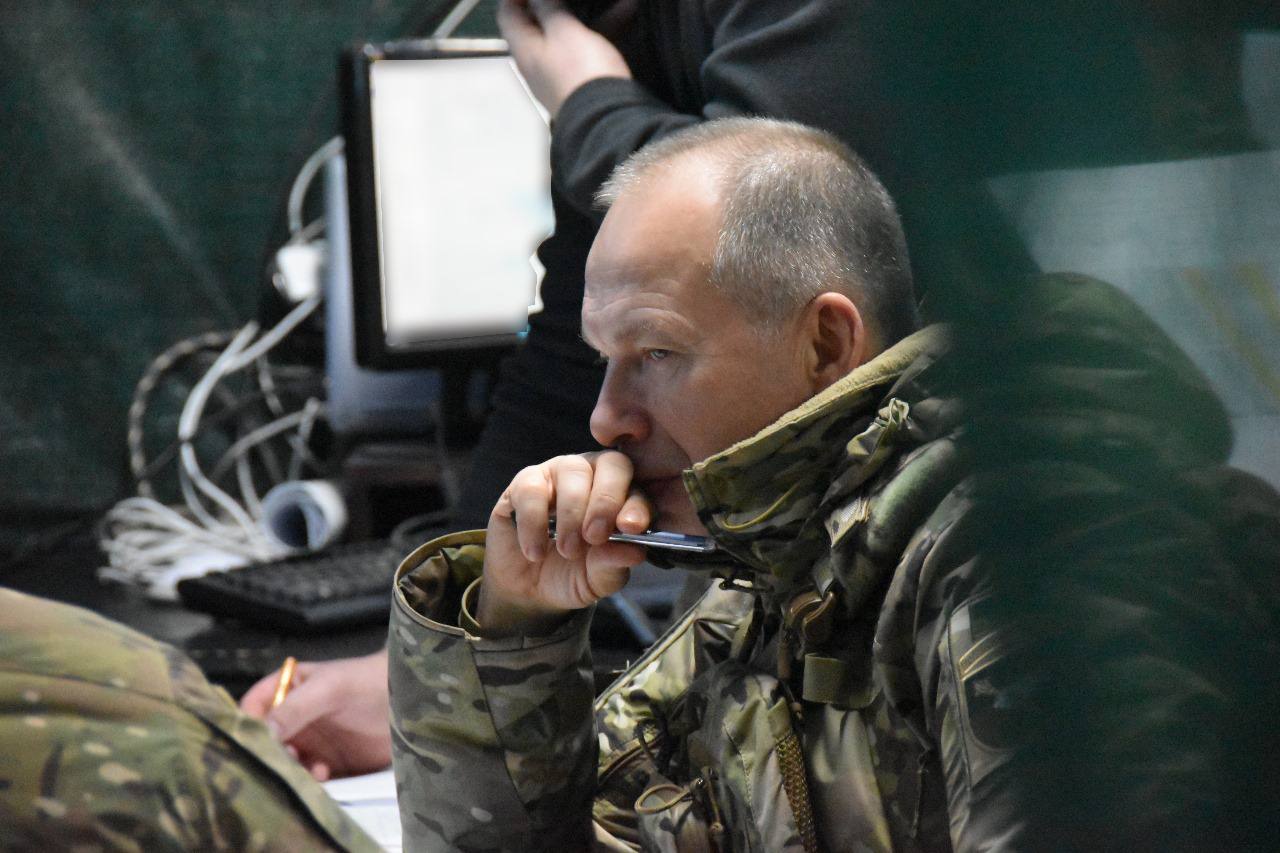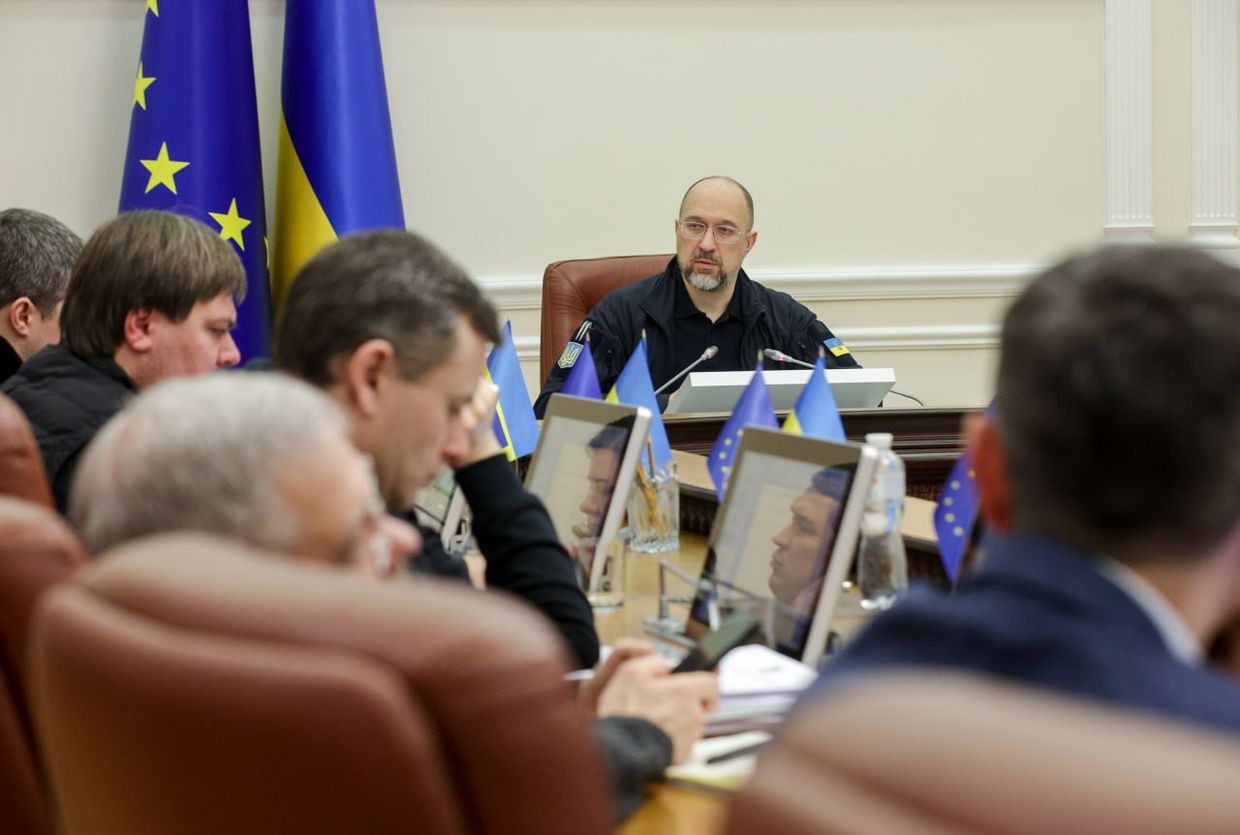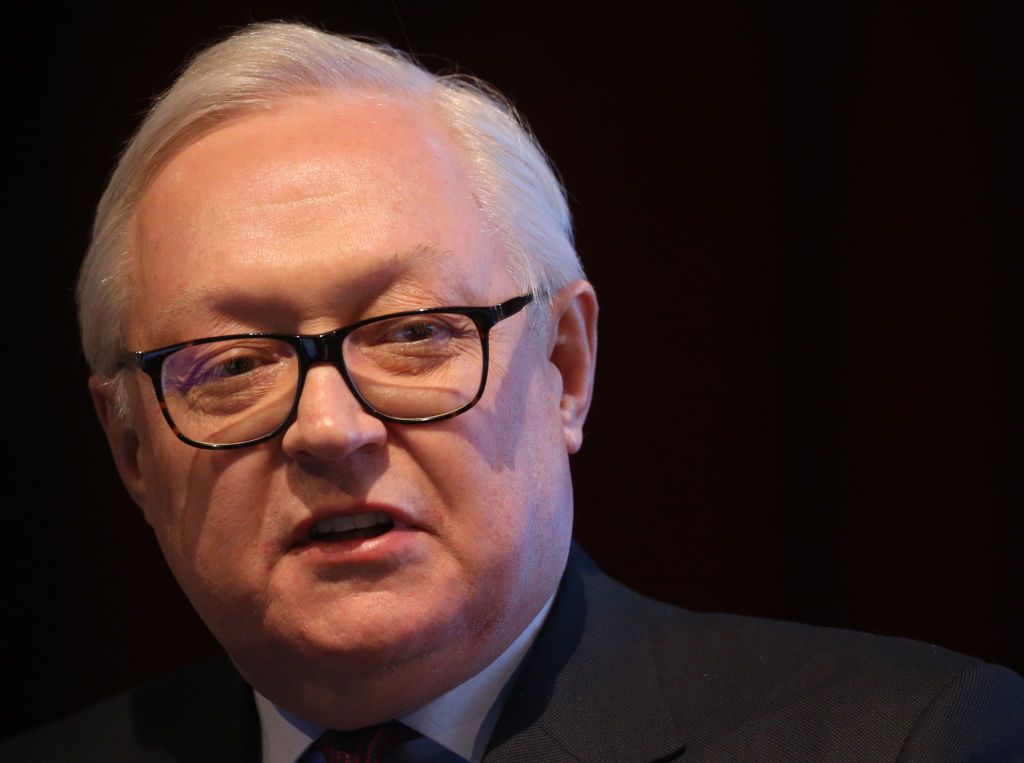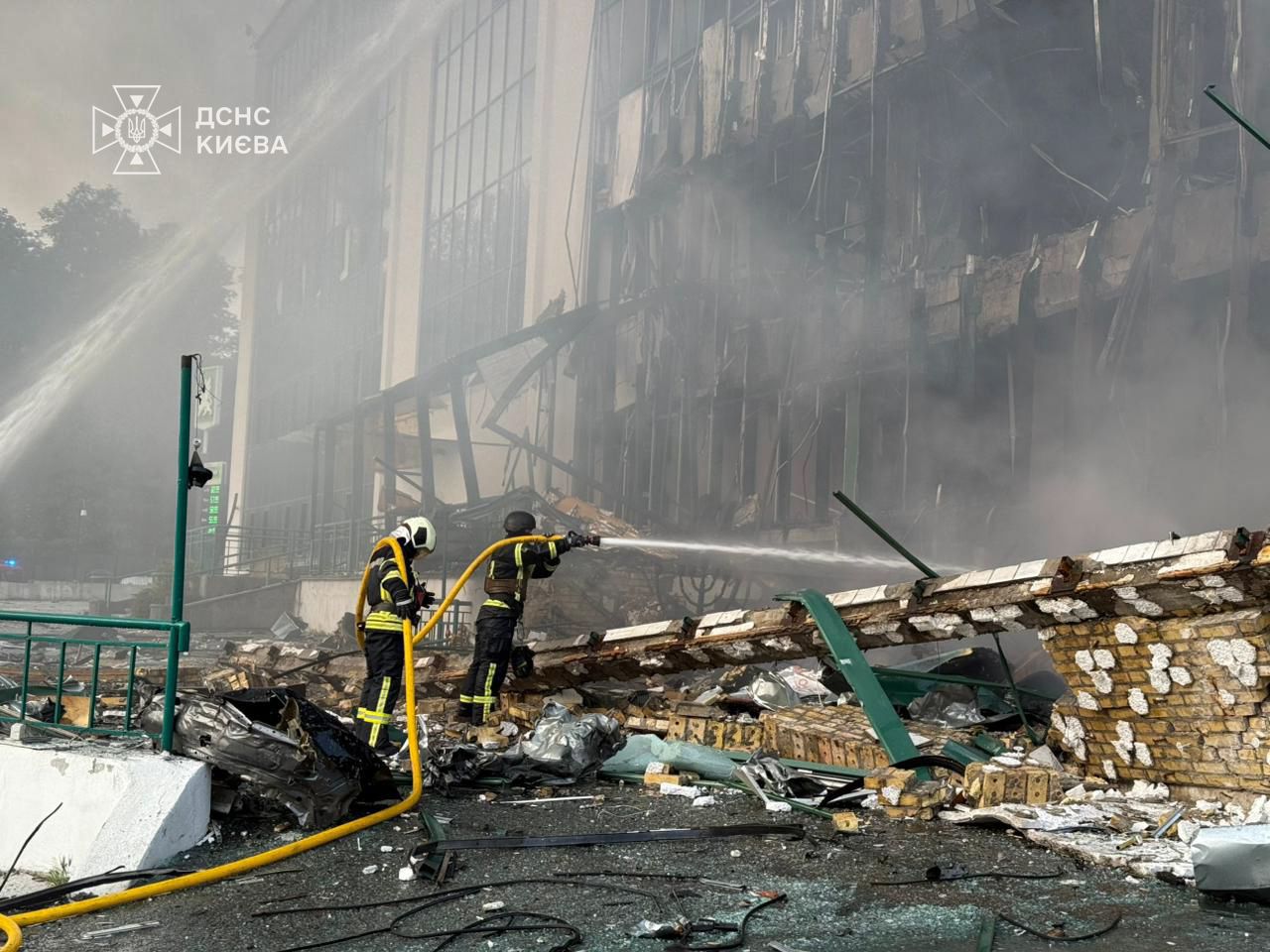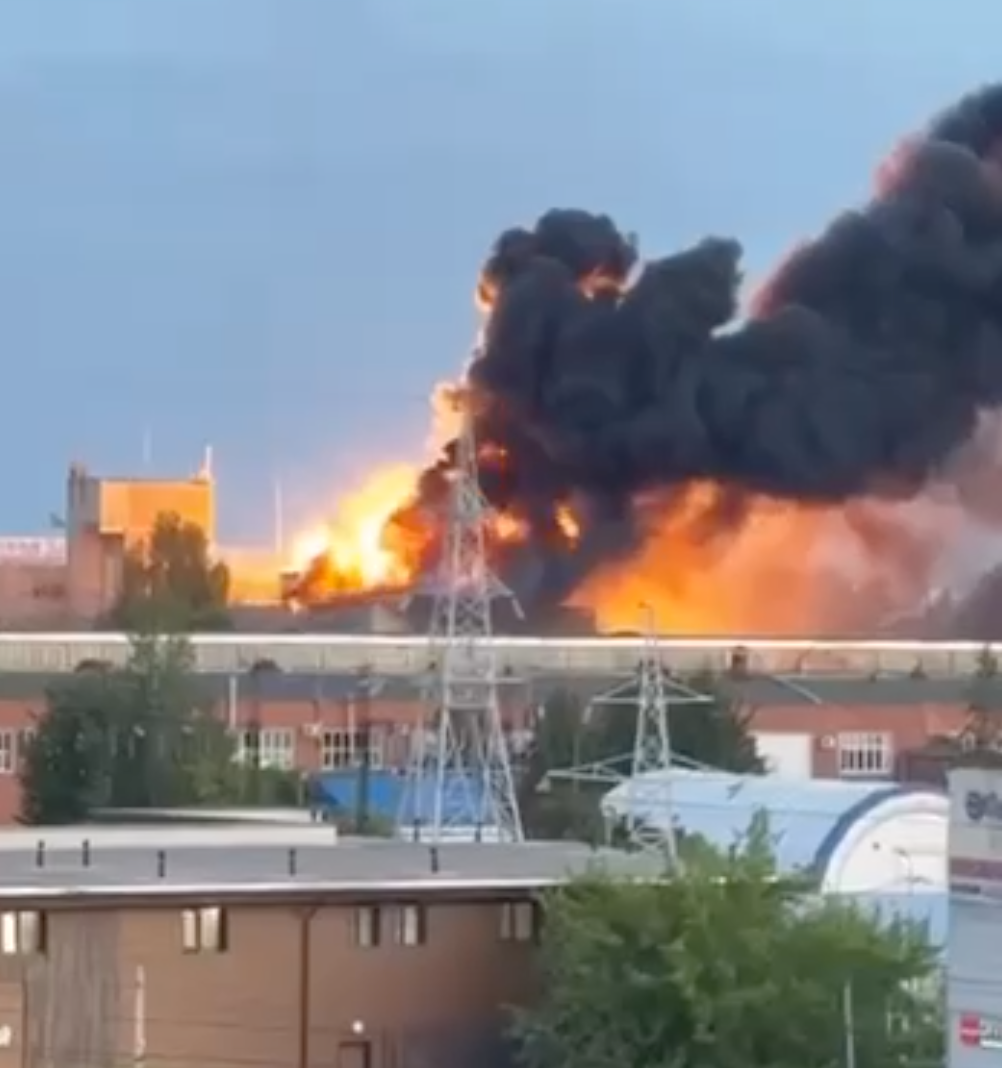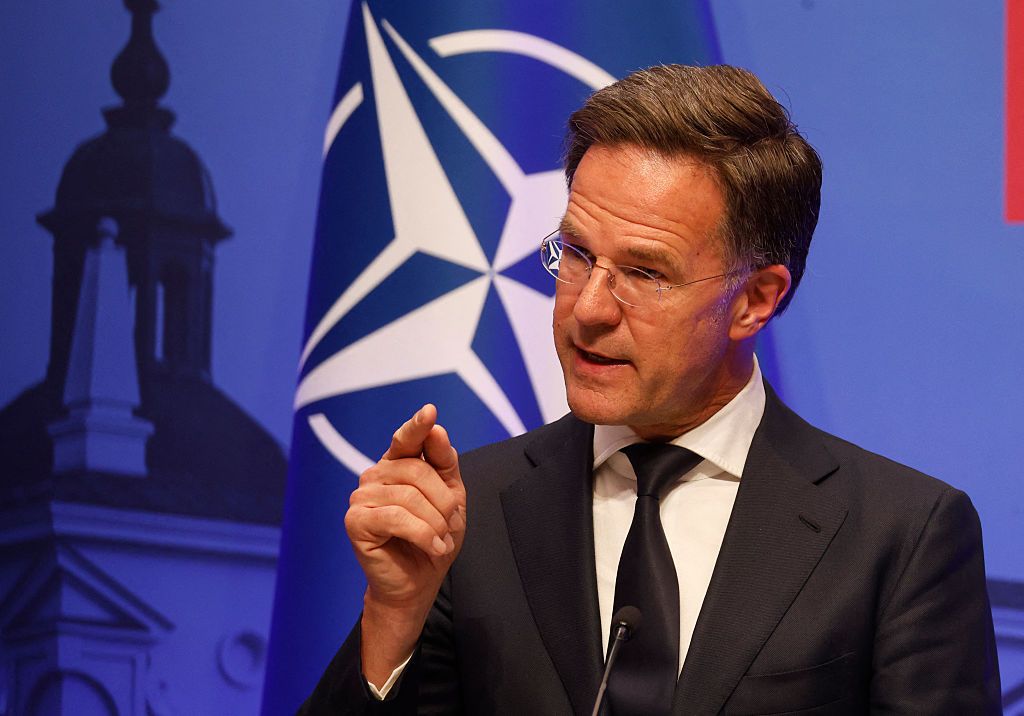Putin calls to congratulate Trump on his birthday — then launches hypersonic missiles on small Ukrainian city in one of largest attacks of war

The sky turned red from the explosions. Russian President Vladimir Putin congratulated US President Donald Trump on his birthday on 14 June, and almost immediately launched a strike on the Ukrainian city of Kremenchuk with Kinzhal hypersonic missiles.
The attack occurred on 15 June and became the most massive assault on this city of nearly 200,000 residents since the start of the full-scale war in 2022. Around 30 explosions were reported. Fires have been burning for at least 8 hours, according to the State Emergency Service.
Russia was likely to target critical infrastructure, particularly the Kremenchuk Thermal Power Plant and oil refinery, which are both essential to Ukraine’s energy system and defense. The city lies on the Dnipro River and has important railway connections and major logistics hubs.
It is reported that energy and agricultural infrastructure facilities in six locations in Kremenchuk in Poltava Oblast were hit. Fires broke out due to direct strikes and falling debris, Liga.net reports.
The attack rocked the Ukrainian city hours after Putin called Trump on his birthday to offer congratulations and discuss the situation in the Middle East and Ukraine. Their conversation lasted approximately one hour, according to Ukrainska Pravda.
Destruction of Iran’s nuclear program means Trump has no reason to offer Putin concessions on Ukraine in exchange for Tehran’s pressure, says expert
Earlier, Trump claimed he would end the war one day after assuming the presidency, then changed that to 100 days. Now, the US president opposes both providing aid to Ukraine and imposing new sanctions. In addition, he resists defending allies in the event of a peace mission by Europe in Ukraine and the introduction of oil price caps on Russia, and plans to withdraw American troops from Europe.
According to the Ukrainian Air Force, Russia launched 194 aerial weapons — 167 were neutralized: 119 were shot down, and 48 are considered lost over Ukrainian territory.
Among the downed targets were:
- 111 drones,
- Two Kinzhal hypersonic missiles,
- Three Iskander-K cruise missiles
- Three Kalibr cruise missiles.
The Ukrainian air defense regularly intercepts Russian aerial targets, but debris still scatters over the homes and apartments of civilians. No casualties have been reported after the aerial assault.
Trump’s efforts to negotiate peace have instead led to an increase in civilian casualties in Ukraine. Russia claims it wants peace, but simultaneously, it bombs children and has increased the number of aerial attacks to an unprecedented level, launching up to 400 drones.
That’s about four times more drones than Iran launched at Israel in attacks beginning on 13 June, Radio Free Europe/Radio Liberty writes. At the same time, US troops assisted Jerusalem in repelling Tehran’s assault.
Read also
-
Years after Iran downed Ukrainian plane, killing 176 people, its drone factories now burn under Israeli fire — and Kyiv is watching
-
Hodges: Ukraine’s Operation Spiderweb and Israel’s Rising Lion strikes show that distrust in US is growing
-
Trump hates California because its liberalism represents everything he opposes, says expert



